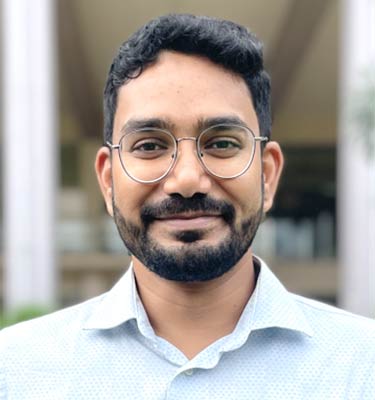
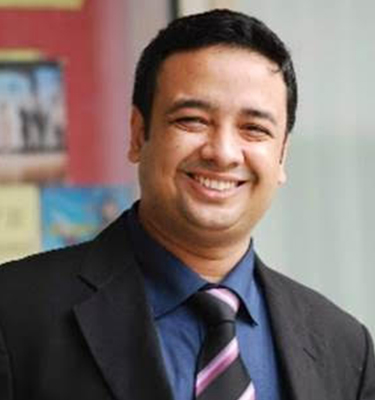
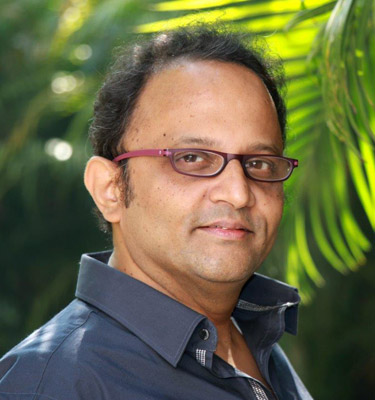
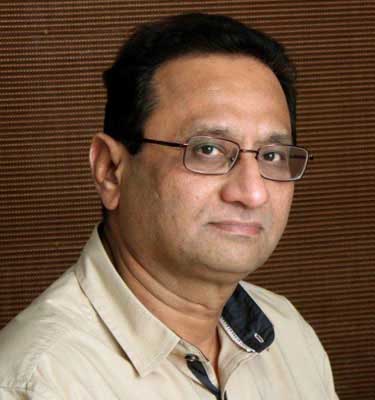
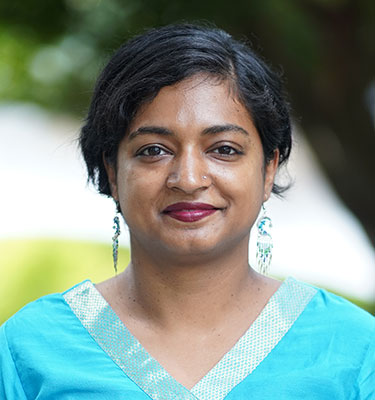
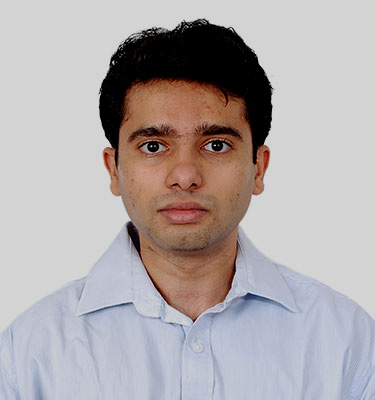
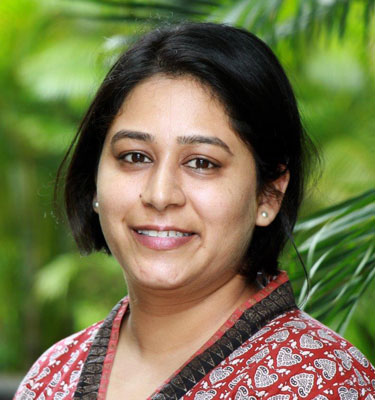
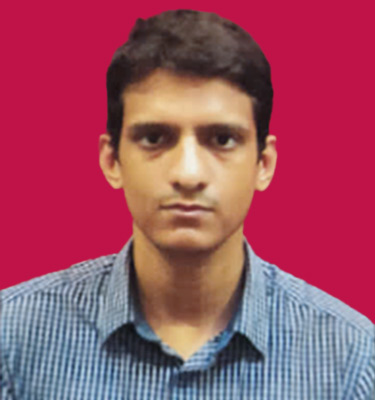
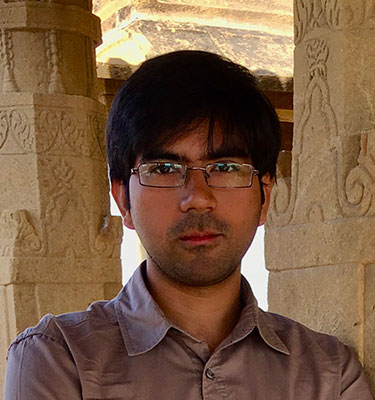
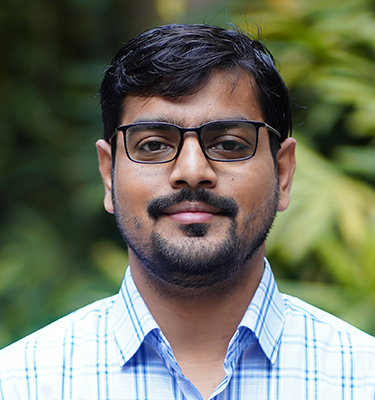
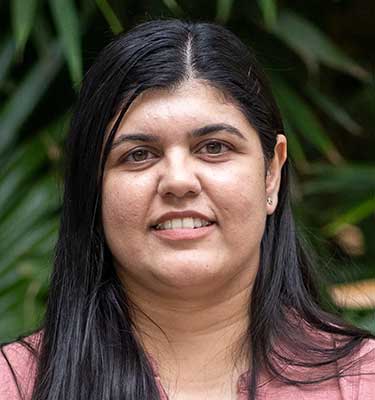
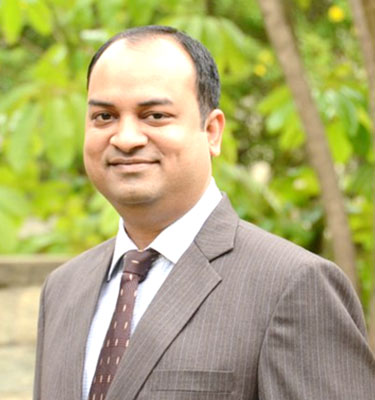
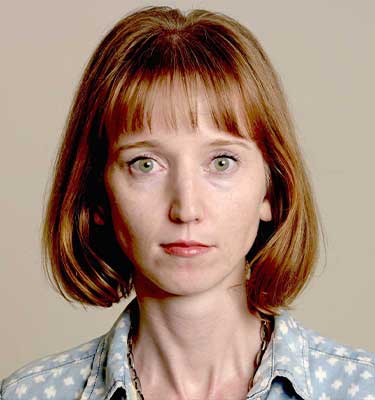
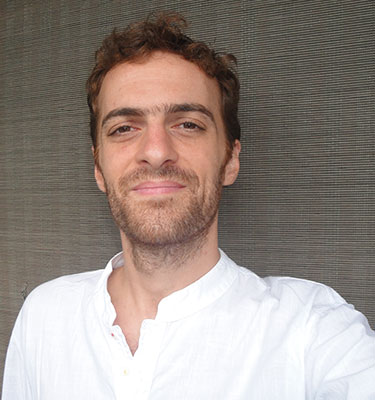
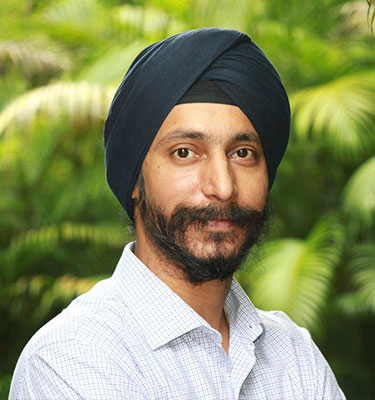
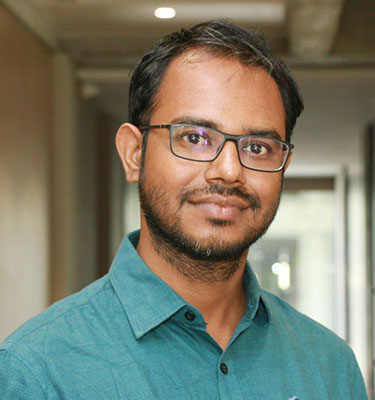
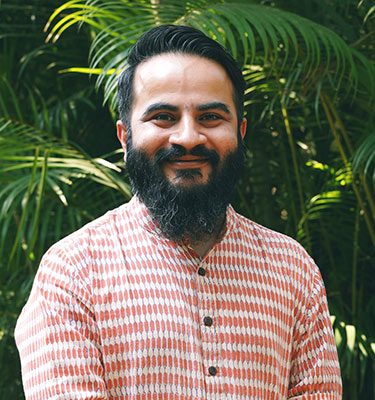
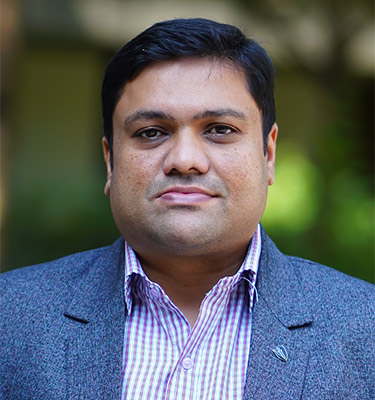
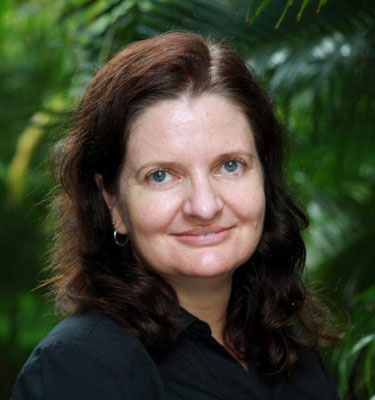
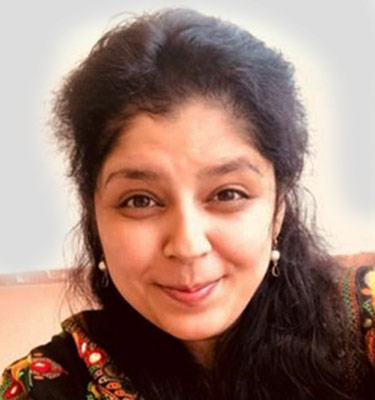
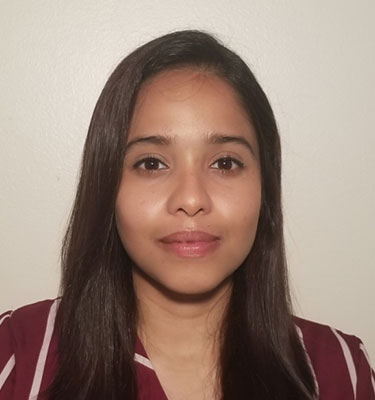
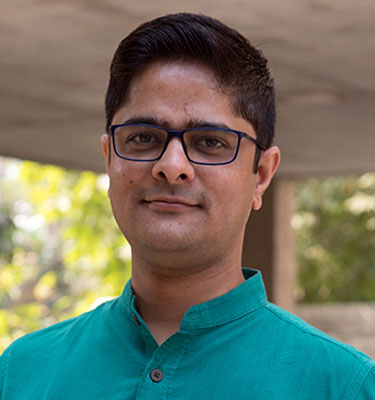

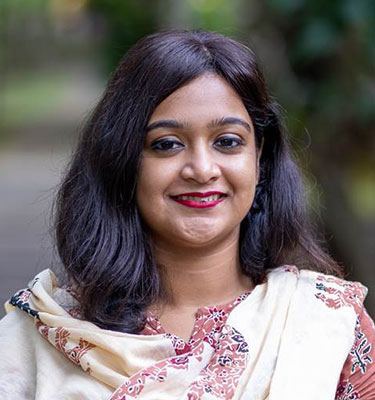
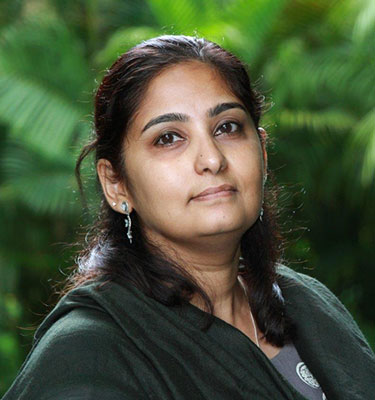

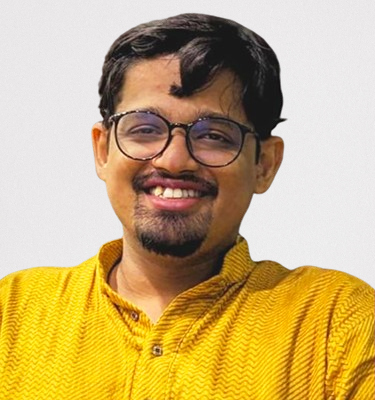
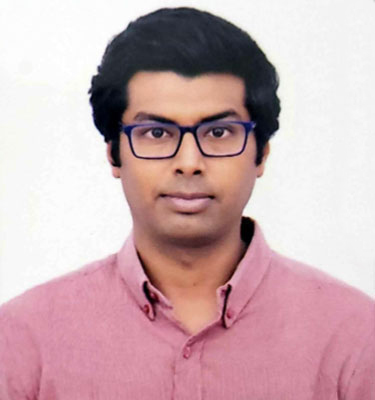
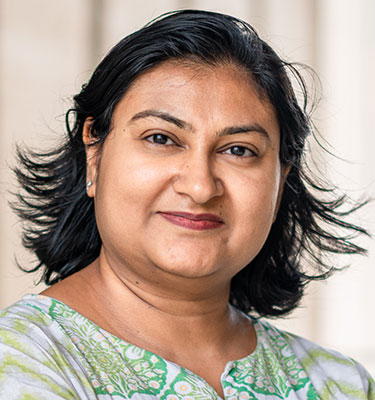
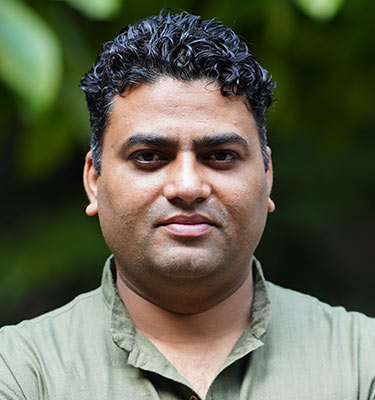
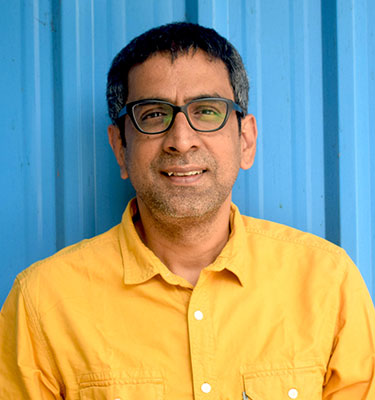
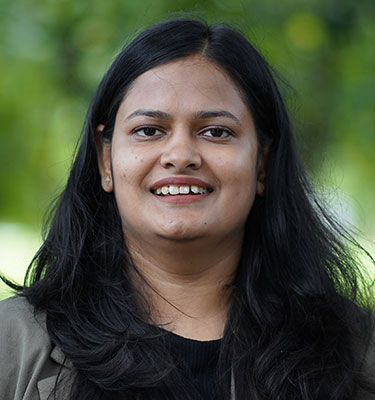

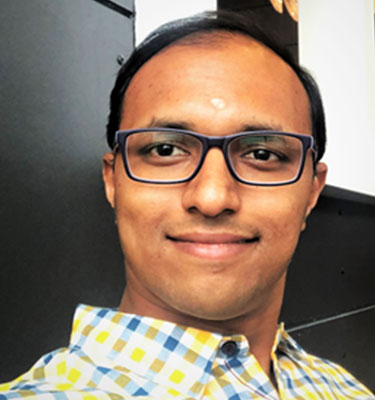
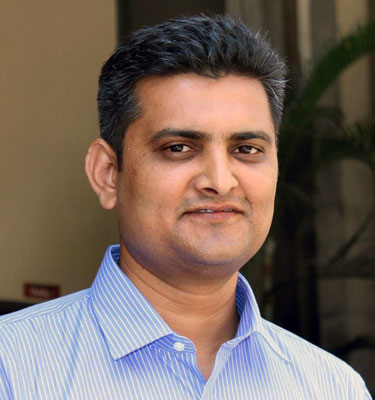
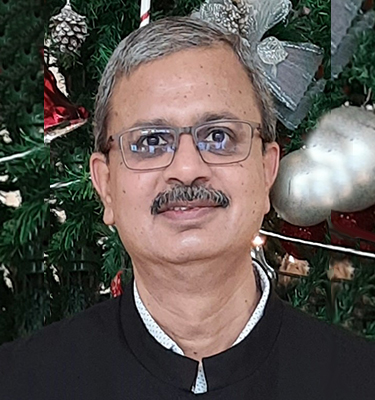

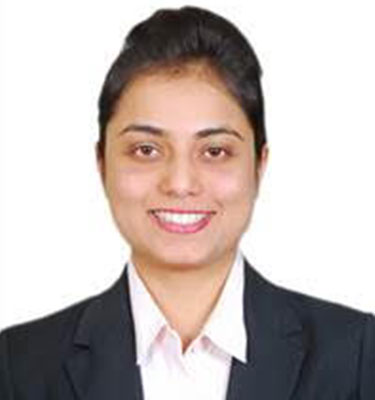
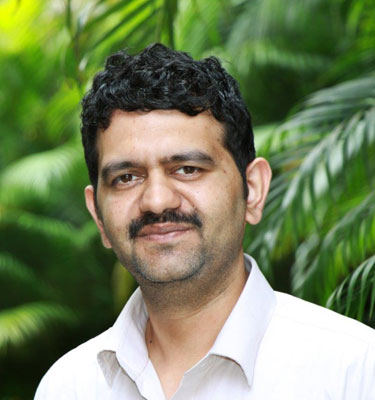
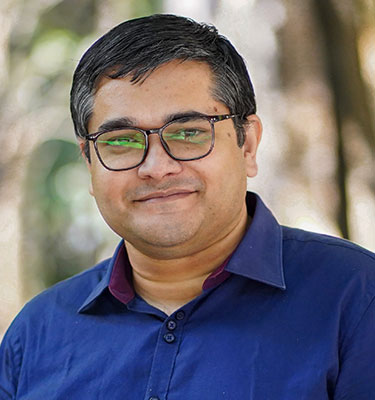
FACULTY

Dr. Sane comes to FLAME after a career in research and industry. His early research was in the development of Software Tools and Distributed Computing. He transitioned to industry to lead development in a Software Tools startup. Subsequently he worked as the primary architect for Ecommerce systems, and then as architect of Web Search Crawlers and Indexers, followed by work on Semantic Web and Social Sites.
He invented a variety of algorithms and approaches to software system design for these projects. Over the years, his work has ranged over systems involving simple discrete electronics and 8-bit microprocessors, to single user desktop tools, to web service platforms, to billion user web systems executing on multi-thousand node clusters; he has led a variety of engineering organizations ranging from tiny teams at startups to teams of mostly-PhD engineers at large companies.
He has enjoyed both the diversity of computing ideas and the interplay of people and software. His research resulted in several patents and six hundred plus citations in the literature. Since 2015, he has been working on developing a notion of program design as a variant of mathematical modeling. In creating various computing systems, he noticed that the most elegant solutions resulted from building a model of the underlying rules of the problem domain, much as scientists capture the key aspects of a problem in the form of mathematical models. Turning this around, truly understanding an algorithm or a formula becomes easier if we know the original context in which the theory was created. Studying examples of great thinkers from Galileo and Newton to Turing shows us how to go from vague informal descriptions to precise formulations. We can thus develop our ability to first perceive new problems, and then to create or adapt techniques to tackle them.
Dr. Sane shifted from his industrial career to pursue this vision of teaching mathematics and computing.
He studied the history of science and maths, exploring how symbolic, mathematical thinking played a role in understanding natural phenomena. He then designed and taught maths and computing courses to students in various age groups, ranging from 8 year olds, 8th graders, 12th graders, and Masters and Ph.D. students, all in same year! This was a truly remarkable experience, to study and learn from the responses of students of such a variety of age groups to this way of learning. At FLAME, he expects to develop these ideas into an interesting and enjoyable computing program that will deliver a unique experience to students.

